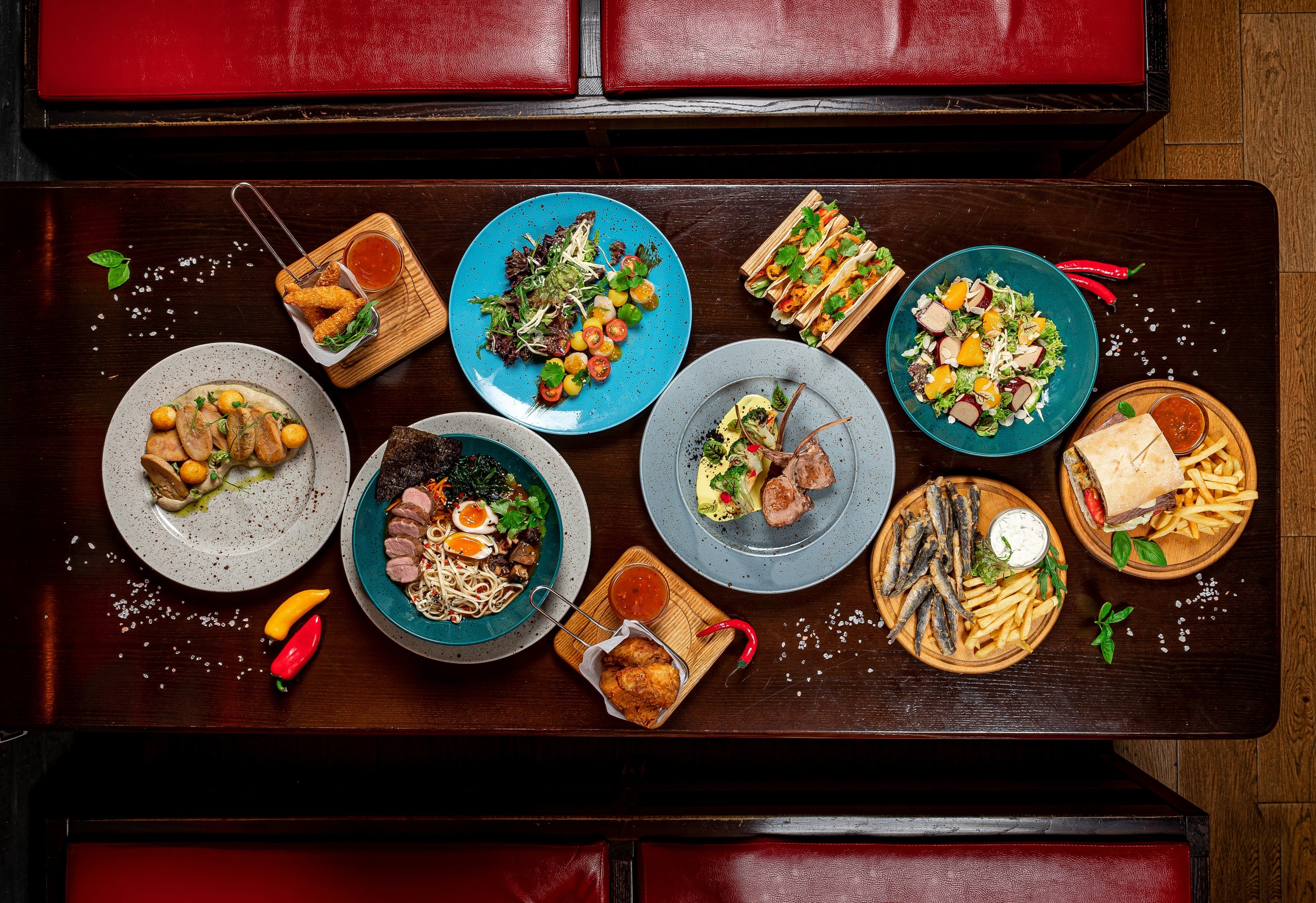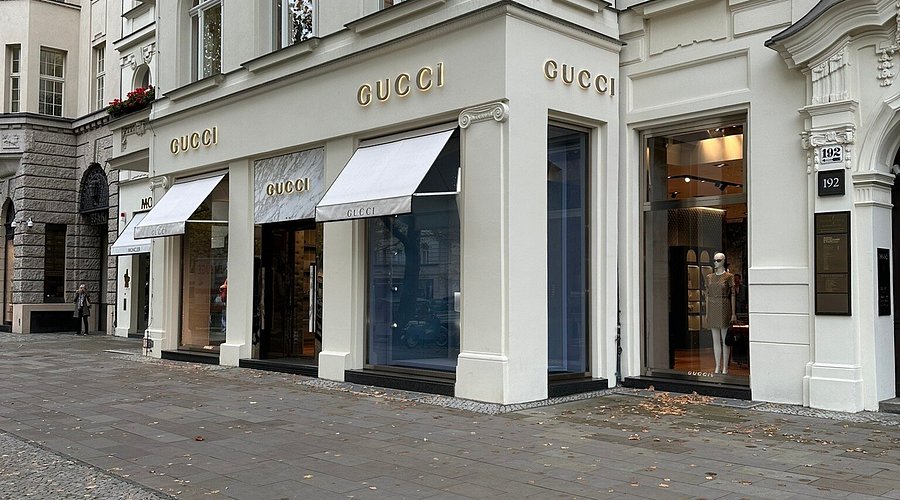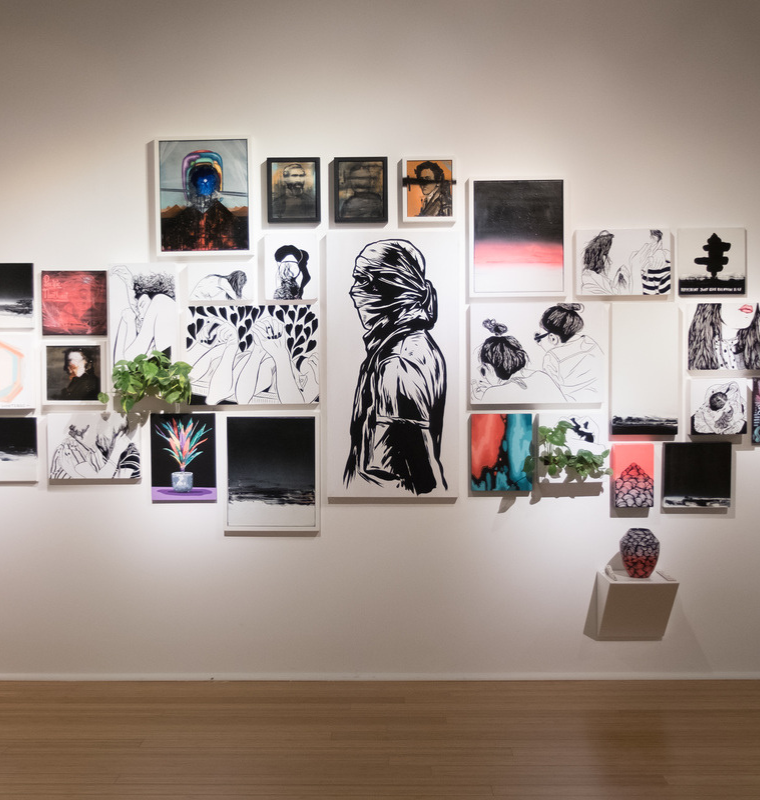Gourmet Investments Emerge as the Fresh Symbol of Taste and Influence
By
John Carter
Last updated:
November 9, 2025
First Published:
November 9, 2025

In recent years, the ultra-wealthy are redefining luxury through the lens of gastronomy. Gourmet investments are emerging as a distinct class of status symbols, combining financial strategy with refined taste. High net worth individuals are turning to rare ingredients, exclusive dining experiences, and culinary assets as a way to demonstrate sophistication while simultaneously securing valuable assets.
Beyond Dining: Culinary as Asset
Gourmet investments are no longer limited to personal consumption. Rare wines, aged spirits, truffles, saffron, and artisanal products are increasingly treated as tangible assets. Collectors acquire these items not merely for enjoyment but as investments capable of appreciating over time. The scarcity of these products, combined with global demand, positions them as an innovative form of wealth management that reflects personal taste and strategic foresight.
Exclusive Access and Privileged Experiences
Owning gourmet assets often provides access to experiences unavailable to the general public. Private tastings, chef-led culinary journeys, and invitation-only gastronomic events allow investors to immerse themselves in the world of fine food while reinforcing their social influence. These experiences are curated to be both intimate and memorable, emphasizing exclusivity and reinforcing status among peers.
Technology and Curation
The rise of digital platforms and specialized brokers has transformed gourmet investment. Online marketplaces, blockchain authentication, and provenance tracking ensure the authenticity and value of rare culinary items. Technology allows investors to monitor market trends, manage storage conditions, and make informed decisions in real time. The integration of innovation and gastronomy elevates culinary assets beyond simple luxury consumption.
Sustainability and Ethical Considerations
Sustainable sourcing has become a defining factor in gourmet investments. Ethical production practices, environmentally responsible farming, and traceable supply chains are increasingly valued by elite collectors. Investing in gourmet products that are both rare and sustainable allows the wealthy to align their consumption with values while enhancing the prestige of their collections.
Diversifying the Portfolio
High net worth individuals are using gourmet investments as part of a diversified strategy. By combining rare culinary assets with traditional financial instruments, investors mitigate risk while expanding their influence in niche markets. The dual nature of these investments—as both consumable luxury and appreciating asset—offers a unique balance of enjoyment and strategic financial growth.
The Social Dimension of Gourmet Wealth
Culinary investments are as much about networking and influence as they are about taste. Hosting private dinners, exclusive wine tastings, or rare ingredient showcases allows collectors to strengthen social connections and establish cultural authority. The ability to curate extraordinary gastronomic experiences reinforces prestige and positions the wealthy as connoisseurs in both taste and strategy.
Innovation in Culinary Ventures
Some elite investors are taking gourmet investment further by engaging directly with culinary innovation. They fund boutique farms, artisanal production facilities, and experimental gastronomy labs. By supporting creation at its source, these individuals not only secure exclusive access to products but also influence trends and shape the future of luxury gastronomy.
Challenges and Risks
Like any investment, gourmet assets carry risks. Market fluctuations, spoilage, and authenticity concerns require careful management and expert guidance. Storage, insurance, and provenance tracking are critical components of maintaining both value and quality. Despite these challenges, savvy investors view gourmet assets as a rewarding blend of pleasure, prestige, and profit potential.
Redefining Luxury Through Taste
Gourmet investments exemplify a shift in how the ultra-wealthy perceive luxury. Wealth is no longer solely expressed through property, fashion, or travel. Instead, refined taste, strategic acquisition, and curated experiences define a modern standard of influence. Culinary assets bridge lifestyle and investment, allowing the elite to demonstrate sophistication while securing unique and valuable holdings for the future.
Subscribe to unlock premium content
Sed at tellus, pharetra lacus, aenean risus non nisl ultricies commodo diam aliquet arcu enim eu leo porttitor habitasse adipiscing porttitor varius ultricies facilisis viverra lacus neque.
A comprehensive guide on Agile development

10 Productivity tools that are worth checking out

Top 7 Must have management tools for productivity

A comprehensive guide on Agile development

10 Productivity tools that are worth checking out

A comprehensive guide on Agile development









